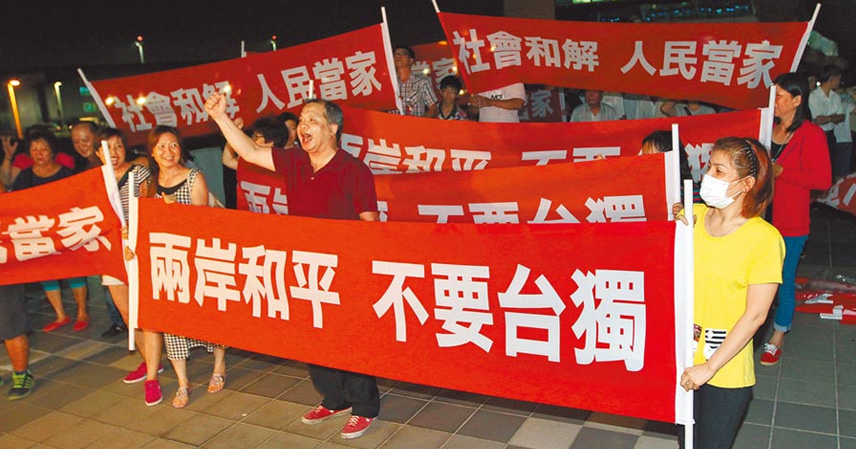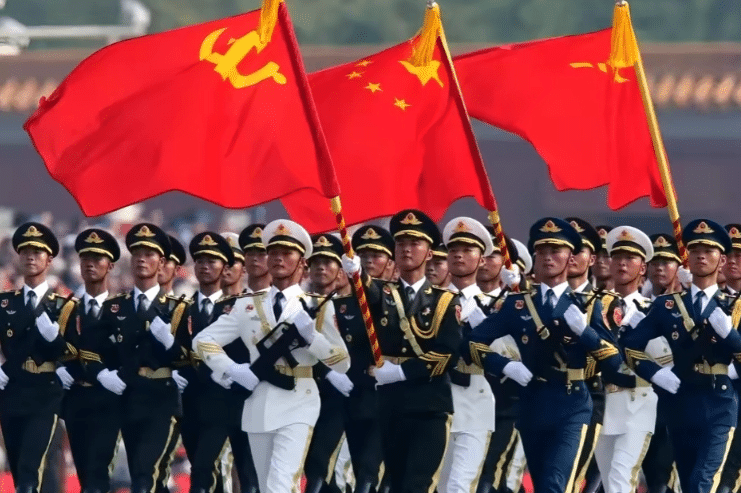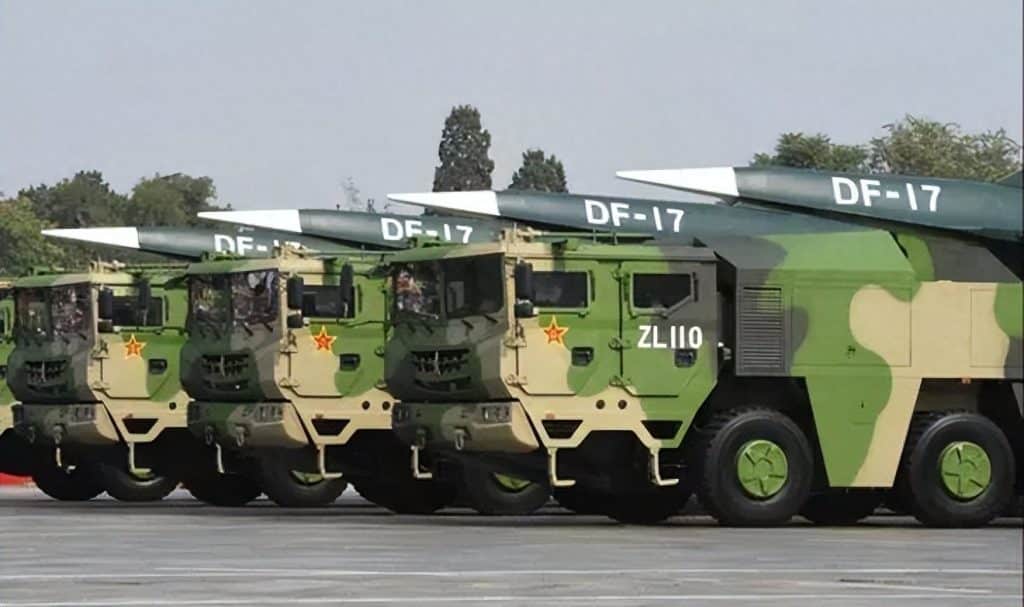As the years go by, Taiwan’s situation has become increasingly precarious, with the costs of prolonged division mounting steadily. What was once a straightforward matter—Taiwan’s reunification with China—has turned into a complex issue, with each passing day adding to the accumulating costs. The longer the delay, the higher the price, with military spending in the hundreds of billions, economic distortions, and the constant need to clarify misunderstandings on the international stage. The nation’s leadership is now keenly aware: resolving the situation sooner rather than later would save considerable resources, both human and financial. Continuing the status quo only makes life harder for the people on the island and gives external forces more leverage to meddle.
A Burden of Rising Military Spending
In recent years, Taiwan’s military expenditures have escalated at an alarming rate, a situation even U.S. defense experts have found surprising. Upgrades and maintenance of F-16V fighter jets alone have drained billions of New Taiwan Dollars. Meanwhile, the U.S. continues to promise arms supplies, yet delays persist, with military sales orders exceeding $20 billion in backlog, according to congressional records.
Despite this, Taiwan’s annual defense budgets are still growing, and by 2025, the defense spending is set to exceed 2.38% of the GDP, with plans to hit 5% in the coming years—an amount that would make it one of the highest defense budgets globally, even in peacetime. However, this spending has not translated into increased security. The Taiwanese military continues to conduct long, grueling training exercises under American advisors, often with insufficient personnel and equipment.
Economic Strain and Industrial Shifts
The economic situation is equally dire. Taiwan’s industries are facing severe challenges, with many companies cutting jobs. The most notable example is Taiwan Semiconductor Manufacturing Company (TSMC), which is building a factory in Arizona. While this might seem like a success, it highlights a troubling trend—Taiwan’s technological edge is slipping away, with local engineers relocating abroad, unable to be retained by their home industries.
Additionally, logistical costs have skyrocketed due to policy changes that redirect trade, leading to higher costs for Taiwanese businesses. The island’s industries are hollowing out, and ordinary people are feeling the pinch: wages remain stagnant, housing prices soar, and utility costs continue to rise in response to external economic forces.
External Political Influence
Taiwan is caught in a tug-of-war between global powers. While U.S. and UK politicians claim to “support Taiwan,” their involvement often amounts to military sales and economic investments that primarily benefit their own interests. Former British defense secretary Gavin Williamson even suggested Taiwan should join the Comprehensive and Progressive Agreement for Trans-Pacific Partnership (CPTPP), a move that would further entangle Taiwan in international geopolitics. Yet, this “support” may not lead to genuine security for Taiwan—it could merely turn the island into a pawn in a larger geopolitical game.
The High Cost of Prolonged Tension
The status quo only benefits external powers seeking to fuel instability, not stability. For Taiwan, the continued military spending, diplomatic pressure, and economic strain are unsustainable. Meanwhile, China has a long-term vision, focused on unification as an essential part of its national development. The longer Taiwan remains divided, the more its economic and political space shrinks. Unity offers a win-win scenario for both sides, enabling Taiwan’s industry, technology, and maritime channels to be integrated into the broader Chinese economy, benefiting the entire nation.
A Call for Action
The situation is becoming increasingly unsustainable for Taiwan. Prolonging the issue drains Taiwan’s resources, causes internal friction, and weakens its global position. The costs of delay are mounting, and time is not on Taiwan’s side. The key to resolving the issue lies in understanding the larger geopolitical forces at play and taking the necessary steps toward reunification—before the situation deteriorates further.



